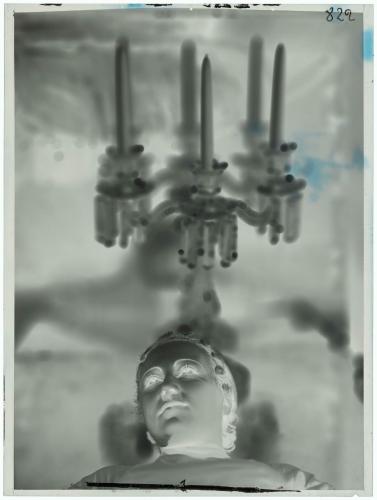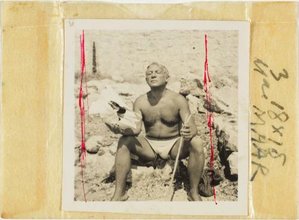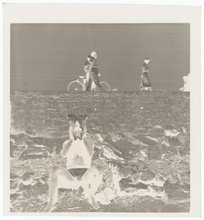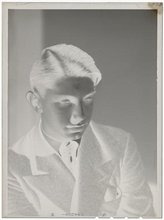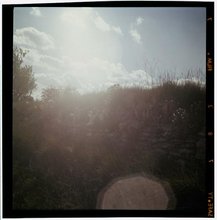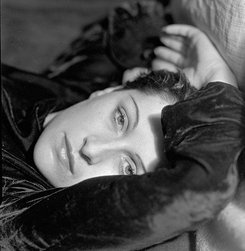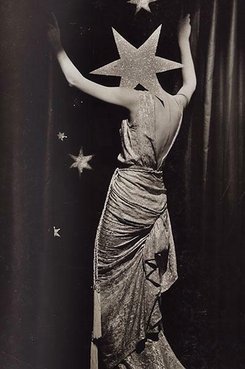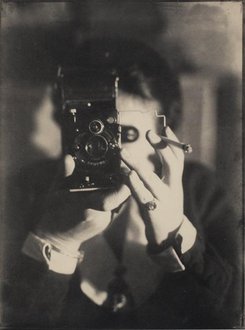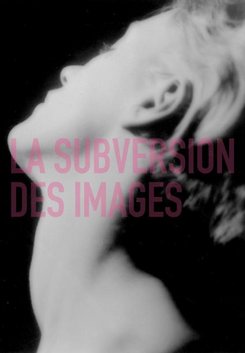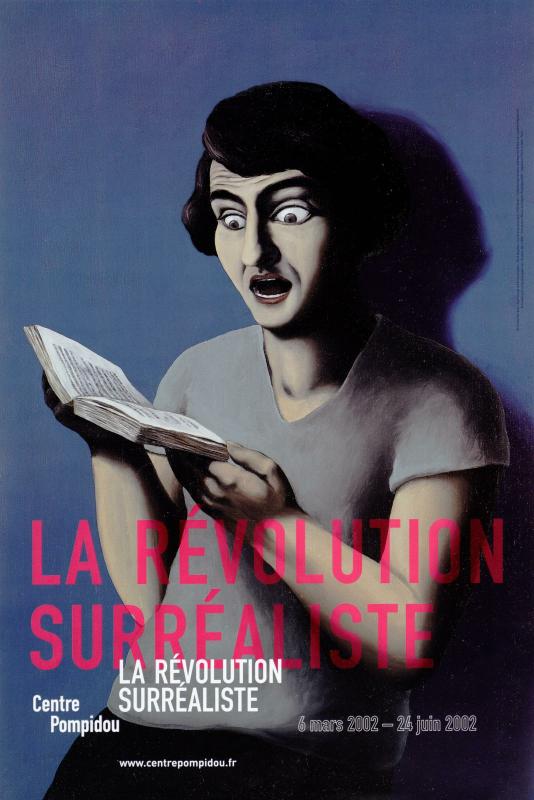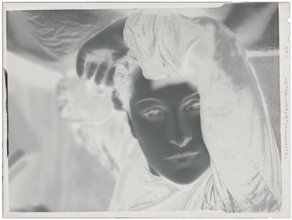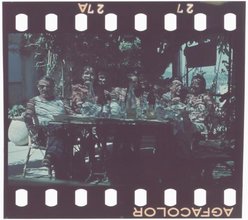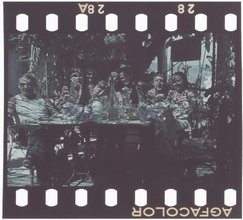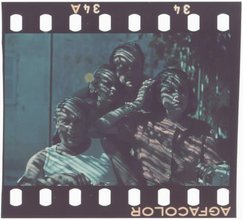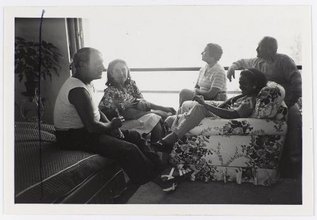Artist/personality
Dora Maar
Peintre, Photographe

Dora Maar
(Henriette Théodora Markovitch, dite Dora Maar)
Peintre, Photographe
Nationalité française
Birth: 1907, Paris (France)
Death: 1997, Paris (France)
© Adagp, Paris
Biography
Dora Maar marked the first half of the 20th century with her Surrealist and engaged photography. She was a free-minded intellectual and one of the rare women and photographers to actively participate in Surrealism, through her traditional photography such as Portrait d’Ubu and photomontages such as Le Simulateur. Dora Maar belonged to the generation of women who emancipated themselves through the profession of photography in the 1930s, when the illustrated press and advertising were developing. Her encounter with Pablo Picasso in 1935 progressively led her to painting, a medium she stayed with until the end of her life in 1997.
Born in 1907 in a bourgeois milieu, to a Croatian father and French mother, Dora Maar – real name, Henriette Théodora Markovitch – spent her childhood between France and Argentina, where her father worked as an architect. In 1920, she settled in France permanently and in 1923, she enrolled at the École des Arts Appliqués pour Femmes, known as the “Comité des Dames”, which was part of the Union Centrale des Arts Décoratifs. She took painting classes at the Académie Julian and from André Lhote, before completing her training at the École de Photographie in Paris.
In 1931, she received her first commissions and opened a photography studio with film set designer Pierre Kéfer in Neuilly-sur-Seine. They took portraits and advertising and fashion photos, signed “Kéfer-Dora Maar”, even though Dora Maar created them alone for the most part. During this four-year collaboration, they were published in many magazines.
In 1935, she opened her own studio at 29 Rue d’Astorg in Paris. She continued her commission work while developing closer ties with the Surrealist circle, whose artistic sensibility and political engagement she shared. In addition to her studio, Dora Maar practised street photography, immortalising outsiders and outcasts in Barcelona, Paris and London. Taking an approach beloved by the Surrealists, she gave herself over to objective chance, exploring the everyday oddities and magic found in the street, shop windows and fairs. She was one of the only photographers to participate in Surrealist exhibitions. She was also one of the few women in the group – reputed for its tendency to reduce female artists to the role of muse. Dora Maar kept her independence while building sincere friendships with Paul and Nusch Éluard, André Breton and Jacqueline Lamba, Georges Hugnet, Lise Deharme and Léonor Fini, of whom she produced multiple portraits.
In winter 1935-1936, Dora Maar met painter Pablo Picasso. She was the first to take Picasso’s portrait in her studio and she introduced him to experimentation in the darkroom. In spring 1937, she documented the creation process for Guernica in Picasso’s studio. The two began a relationship that would last nearly eight years. Dora Maar became the subject of dozens of Picasso’s paintings. With encouragement from him, she painted the artist in turn, thus making a shift towards this medium.
From 1945 onwards, she split her life between Paris and Ménerbes, a village in Luberon. The breakdown of her relationship with Picasso and the death of her mother followed by that of close friend Nusch Eluard plunged her into a period of deep depression. Catholicism offered her a source of lasting peace.
From an artistic point of view, Dora Maar worked on landscapes and moved towards gestural abstraction in the second half of the 1950s. Though she was still creating, she exhibited less and less. In the 1980s, she made photograms using gestures from painting, bringing together her two favourite means of expression.
Following her death in 1997, her works were sold at auction, suddenly revealing a prolific body of work that had been kept secret up until that point. In 2019, a major retrospective was devoted to her at the Centre Pompidou, putting forward a new interpretation of her art and this lesser-known section of her body of work.

